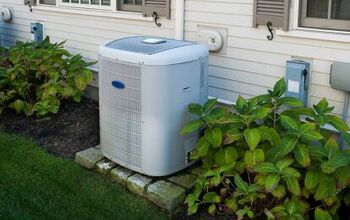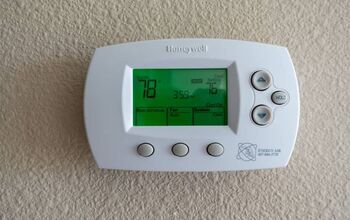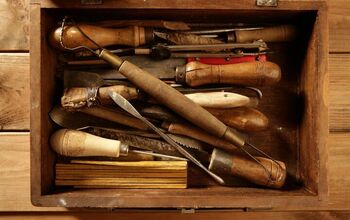10 Tips To Help Keep Your Indoor Monstera Plant Alive

The Monstera plant’s unique leaves are unmistakable examples of exotic beauty. This plant and its deep green leaves are found growing in many tropical climates and jungles, but you can grow them indoors as well. The inside of your home, however, is nothing like a tropical jungle. This is why you need to take several steps to ensure your indoor Monstera plant thrives.
To ensure your Monstera plant stays alive and healthy indoors, try to maintain a higher level of humidity near the plant. Water it on a schedule, but don’t overwater it. Use soil that drains easily, and feed the plant monthly when it’s growing. Wipe dust off the leaves regularly to keep pests away. As the plant grows, you must prune it and repot it as needed.
An indoor Monstera plant can be a real “wow” in any room. The funky-shaped giant leaves garner lots of attention, and the rich green color breathes life into your living space. If you have a Monstera plant or are thinking of bringing one into your home, then make sure you keep reading. Below is a list of the top ways to keep your Monstera plant alive indoors, as well as remedies for common problems Monstera plants face when grown inside.
10 Tips To Keep Your Monstera Plant Alive Inside Your Home
1. Keep Your Plant At The Right Humidity
Monstera plants don’t drink a ton of water, and this is because they like to be surrounded by moisture. Unfortunately, most homes are significantly drier than a Monstera plant would like. While you don’t need to find ways to increase the humidity in your home, you should ensure your Monstera stays moist.
The best way to help keep your Monstera in a humid climate indoors is to mist it with a spray bottle filled with water. It is best to do this in the morning before the sun hits it. This will help keep the leaves from drying out as the day progresses.
2. Give Your Plant Enough Light
Monstera plants like plenty of light. Remember, you are growing a tropical plant indoors. Ideally, you should find a spot that has several hours of direct light each day. These plants also like plenty of indirect light as well. Find a sunny spot near a window to place this plant, so it gets lots of sunlight.
If sunlight is limited, you can also use fluorescent light to feed your Monstera the rays of light it needs to survive.
3. Water Your Plant On A Schedule
Monstera plants don’t like tons of water. Therefore, you mustn’t water them at random, or at the same frequency that you water other plants in your home. Typically, a Monstera plant likes to be watered weekly. This can vary, however, especially depending on the size of the plant, the size of the pot, and the humidity in the home.
Before watering, check the soil. Stick your finger two inches into the soil. If it is still moist, skip the watering. If the soil is dry, give it a good watering.
4. Use The Right Soil Type
Make sure you use the right soil with a Monstera plant. Don’t just use any soil you desire. An indoor Monstera plant thrives in quality potting soil mixed with peat moss. This mixture allows for lots of air and drainage and resembles the looser soil of the jungle.
Nutrient-rich soil is key. Make sure you use fresh potting soil, especially when your plant is just starting indoors. This will give it the boost it needs during this transition.
5. Repot Your Plant As Needed
Once a Monstera is healthy and happy, it will grow a lot. These plants can climb and grow lots of new leaves. As your plant grows, your pot should grow with it. Generally, you should plan to re-pot your Monstera plant every one or two years.
This growth can vary, so you must use your judgment. If your plant is tipping, or if the soil is drying out very quickly, then you should consider re-potting sooner rather than later.
6. Make Sure There Is Ample Drainage
When you pot your Monstera plant, you need to make sure there is lots of drainage. Monstera plants can rot if the roots stay soaked for too long. To ensure there is plenty of drainage, mix peat moss into the soil.
You can also place some rocks or broken pieces of clay pots at the bottom of your pot. Ensure your pot has drainage holes at the bottom. If it doesn’t, then add some, and then place a dish underneath to prevent excess water from dripping onto your floor.
7. Wipe The Leaves To Remove Dust And Keep Bugs Away
Monstera plants have beautiful green, shiny leaves. This is their signature look, and it’s the reason so many people love them. Indoors, however, these leaves can start to collect dust, and the once-shiny leaves can start to dull.
As soon as you notice dust on your Monstera plant, you should wipe it off. Use a clean microfiber cloth or any damp cloth that won’t shed. Carefully clean each leaf until it looks pristine. This will help your plant get back to work purifying the air in your home. Not only does this keep your plant healthy and looking great, but it helps keep pests away as well.
8. Put It In A Warm Spot In The Winter
One mistake people make with indoor Monstera plants is putting them too close to a cold window in the winter. Monstera plants love the sun, but they hate the cold. If your windows aren’t well-insulated, then find a sunny spot that isn’t so chilly.
9. Don’t Forget To Prune It
As Monstera plants thrive over time, they can slowly take over the corner of the room they occupy. As much as you may love your Monstera plant, there is only so much space it can take up before it becomes overwhelming.
Periodically trim back your plant. If you notice old leaves starting to fall, change color, or die, prune them right away. Cutting away the struggling leaves will send all the nutrients to the new thriving areas of the plant.
10. Periodically Feed It Nutrients
Even when you use fresh potting soil and give your Monstera plenty of light, it is still going to need more food to survive. You must feed your Monstera plant periodically to ensure it has all the vital nutrients it needs to keep growing.
When your plant is growing during the warmer months like spring and summer, you should feed it once a month. Once it stops growing and goes dormant for the winter, you can halt feeding until the next spring.
Four Common Indoor Monstera Issues And How To Fix Them
1. A Discolored Monstera
If your previously green Monstera is starting to turn yellow, this is a warning sign. The most common reason for a plant to change color like this is due to overwatering. Ensure you aren’t giving your plant too much water. Also, make sure there is plenty of drainage in the soil.
2. Flaccid Or Drooping Leaves
If you notice drooping or flaccid leaves, then your plant is probably very thirsty. Check the soil, and if it is dry, give it a good soaking. You should notice the plant bounce back in a few days.
3. A Monstera That Won’t Grow
If your Monstera is the same size it was months before, then try to get it more light and nutrients. Alternatively, consider putting it in a larger pot if it seems to be occupying all the real estate of its current pot.
4. Your Monstera Plant Keeps Falling Over
If your Monstera plant keeps falling over, then it might need to be pruned or repotted. This happens often when a plant becomes top-heavy. If your plant seems to only grow in one direction, then its proximity to sunlight is to blame. Turn the plant to ensure both sides get sun.
Summing Up How To Keep Your Monstera Plant Alive Indoors
Monstera plants are some of the most beautiful and elegant large-leafed plants in the world. They are perfect for bringing the spirit of the rain forest into your home, and they are fairly low maintenance.
The key is providing them with the environment they love. To keep your indoor Monstera happy, mist the leaves in the morning, so they keep a high humidity, and only water the plant when the soil is dry. Use quality potting soil with peat moss for drainage, and repot and prune your plant as it grows. Wipe the leaves down when they are dusty, and make sure the plant always gets plenty of sun.
Related Guides:
- Is Moldy Soil Bad? How To Fix It
- Can Dried-Out Plants Be Revived?
- How To Protect Tropical Plants From Freezing Temperatures

Tom Gaffey is an expert writer who currently resides in Washington D.C. Tom has a passion for real estate and home improvement writing, as well as travel and lifestyle writing. He lived the last twelve years in Hawaii where he worked closely with luxury resorts and event planners, mastering his knowledge of aesthetics and luxury products. This is where he found his passion for home improvement and a keen interest in DIY projects. Currently, Tom resides in Washington D.C, and also working on his debut fiction novel.
More by Tom Gaffey












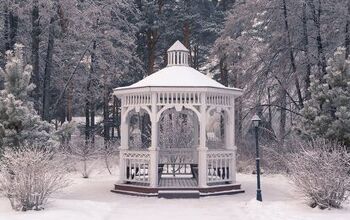


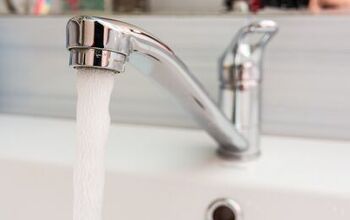


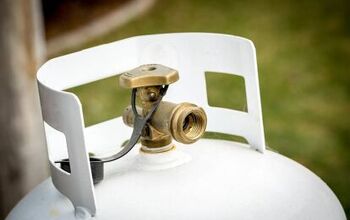
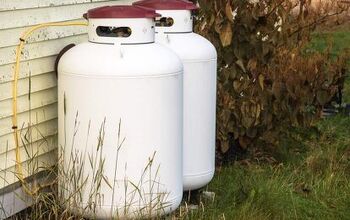
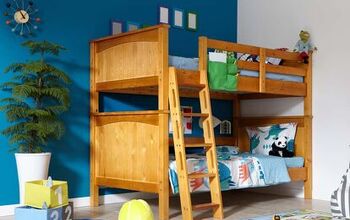
![How To Reset A Whirlpool Cabrio Washer [In 5 Easy Steps!]](https://cdn-fastly.upgradedhome.com/media/2023/07/31/9076531/how-to-reset-a-whirlpool-cabrio-washer-in-5-easy-steps.jpg?size=350x220)

